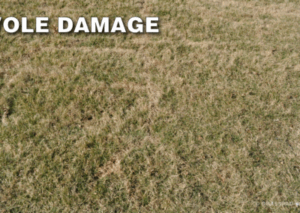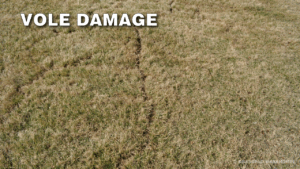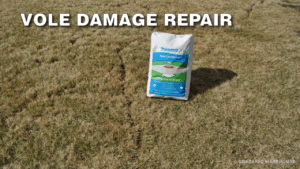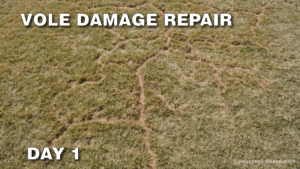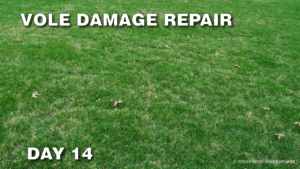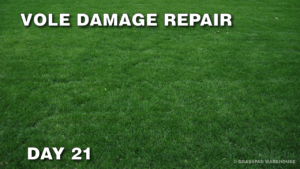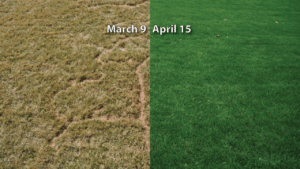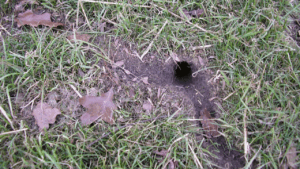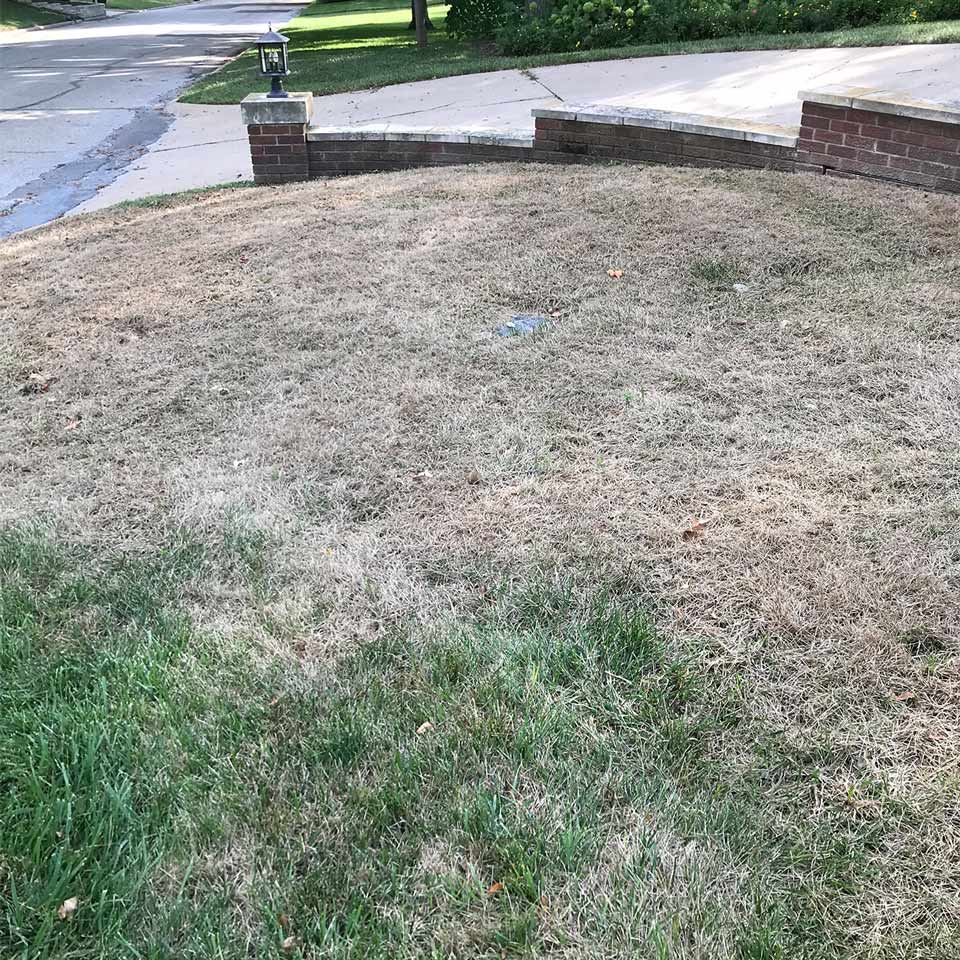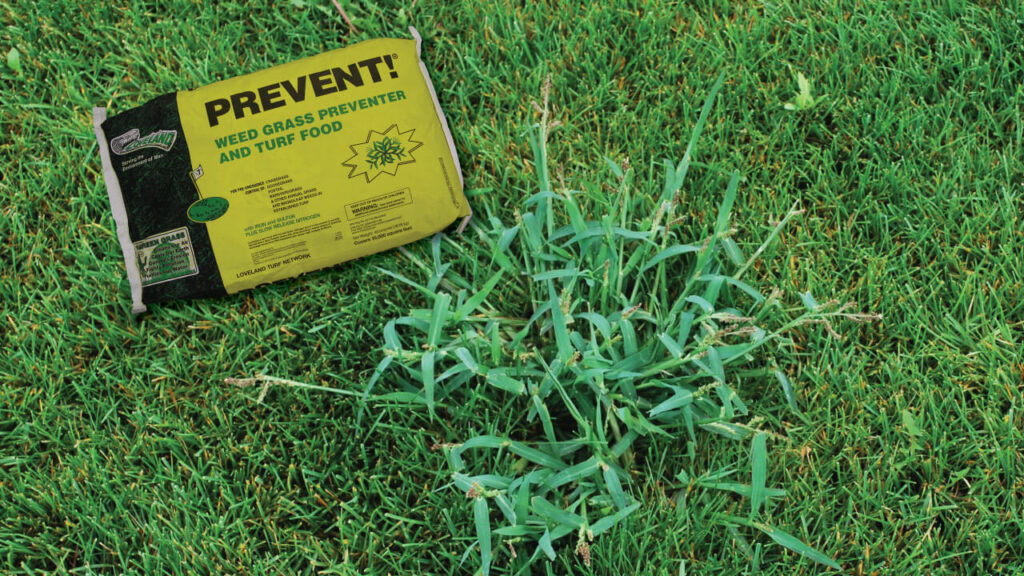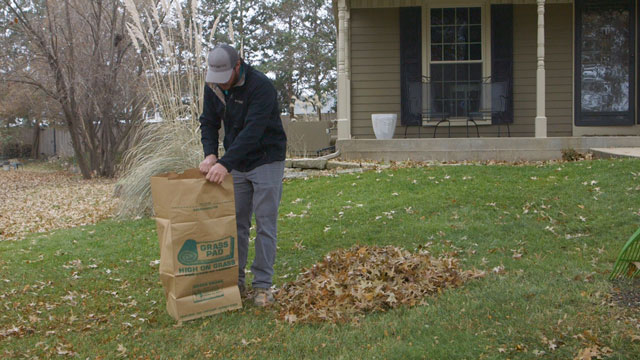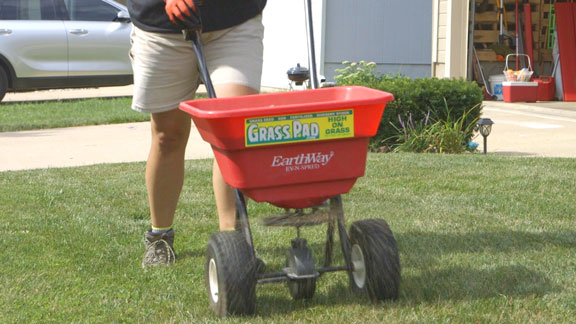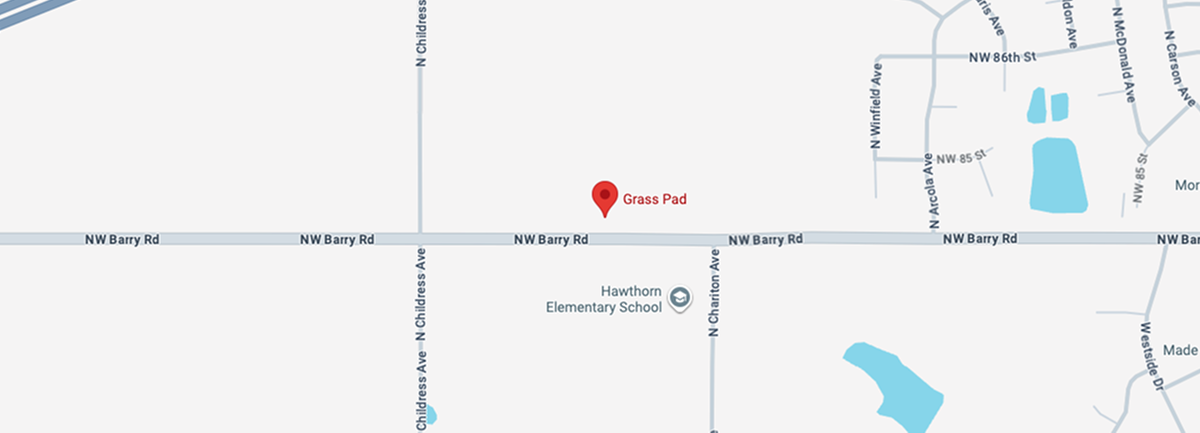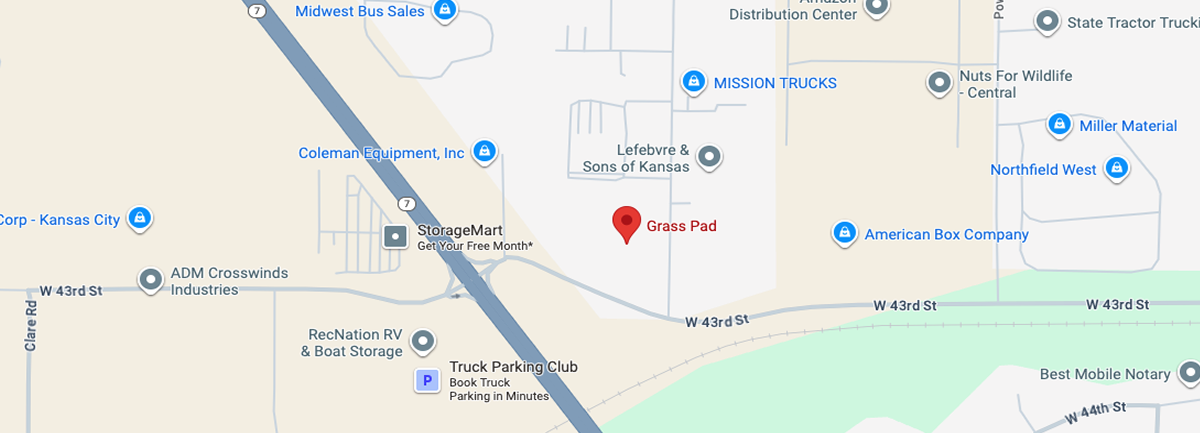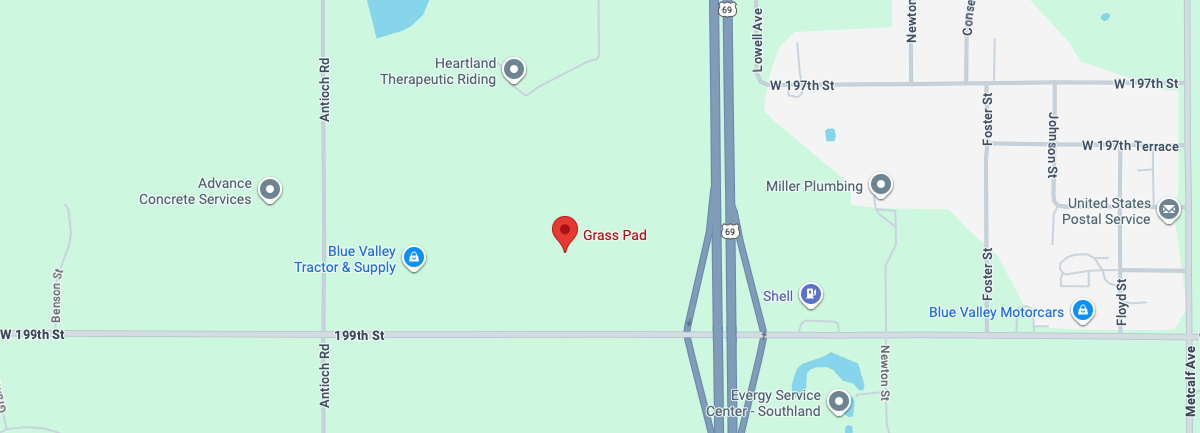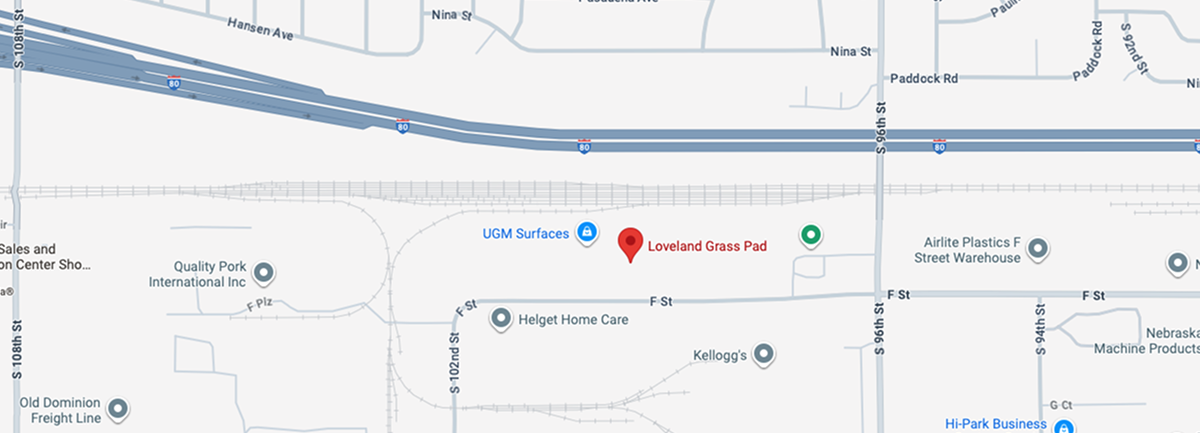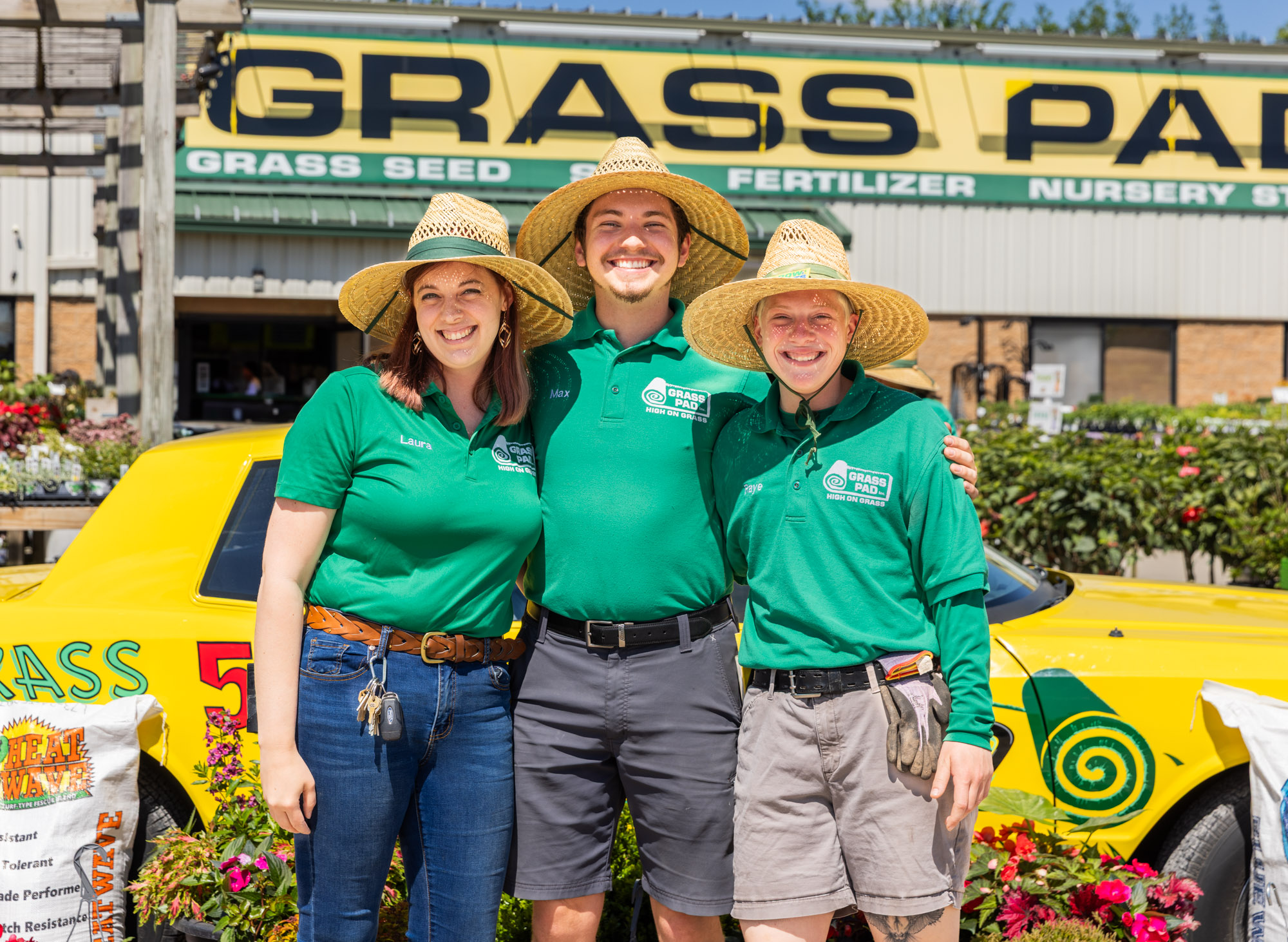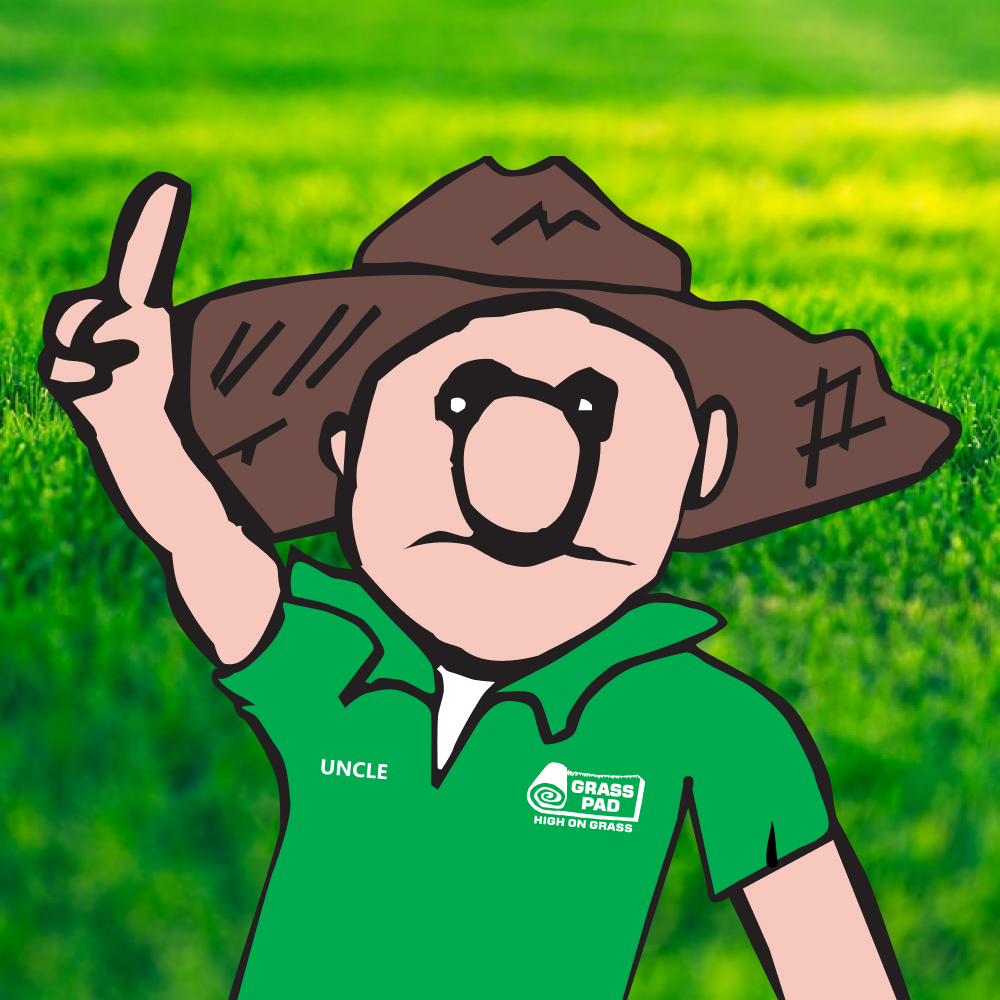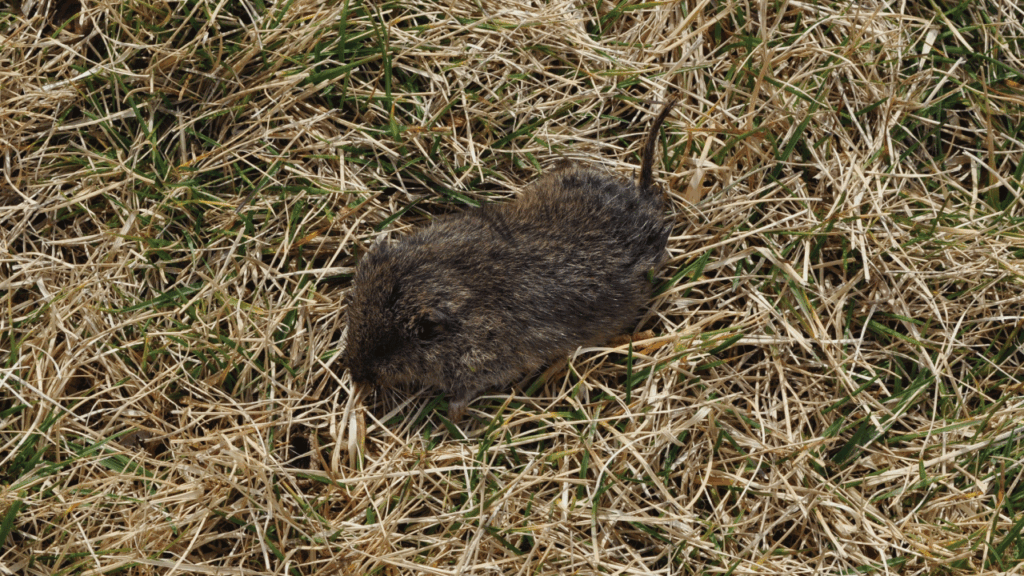
Voles are a small rodent that appears throughout Kansas and Missouri. Sometimes called “field mice,” voles have short tails, short legs, tiny eyes, and their ears are partly hidden. Adult voles are small, with a body length of 3-5 inches.
Voles do not hibernate and are active all year long. Mating season for voles covers most of the year, peaking in the spring and fall, reproducing at an alarming rate. It is not unusual for voles to have five to ten litters per year with a typical litter size of three to five baby voles.
Voles eat a variety of plants, such as grass, flowers, bulbs, tubers, and shrubs. Voles can cause damage to bark on trees, eat flower bulbs, chew on grass and gnaw roots. Signs of vole damage are easy to identify in the lawn. Look for surface pathways or trails revealed after a melting snowpack or while removing leaves from the lawn left over winter.
Pathways hidden beneath a layer of tall grass, leaves, or snowpack, protect them from predators. Worn-down surface trails will usually lead to small holes, and an entrance to underground nests constructed near the base of a tree, behind landscape walls, under driveways, mulch beds, sidewalks, or foundations. A network of connecting burrows can be a haven for large colonies. Vole colonies consist of a mating pair, and more than likely will include multiple generations.
How to control voles
Ben Franklin said it best. “An ounce of prevention is worth a pound of cure.” The same goes for vole damage. Routine lawn maintenance will go a long way in keeping voles out of your lawn and garden. Removing piles of leaves, dead branches, and garden waste from the yard promptly will take away their natural habitat and force them to look elsewhere to find a home. Mowing regularly to reduce dense cover will keep them moving for better shelter.
How to trap voles
Trapping is the most successful and economical approach. An old-fashion snap mousetrap used with peanut butter for bait is the easiest method. If you’re lucky enough to find an entrance to their burrow an idiot-proof trap can be constructed with a piece of cardboard, a couple of snap traps and a few nails. Watch our video on how to build a better vole trap video.
How to repair vole damage
Unsightly as they look, vole trails in the lawn can easily be fixed. After raking and removing any dead vegetation, backfill the surface trails with Primera Sports Field Conditioner. PrimeraOne is weed free and an ideal medium for growing grass. Calcined clay chips of sports field conditioner absorb and hold heat from the sun to work as a blanket for grass seed to germinate. Overseed trails at a heavy rate using grass seed that will sprout in cooler soils. Macho Mix, Estate Mix or Stadium Special are ideal blends for early spring spot repairs. Top dress the seed with another thin layer of PrimeraOne then apply Golf Course Starter fertilizer. Keep the area consistently moist and it will be difficult to find those same trails by Mother’s Day.
